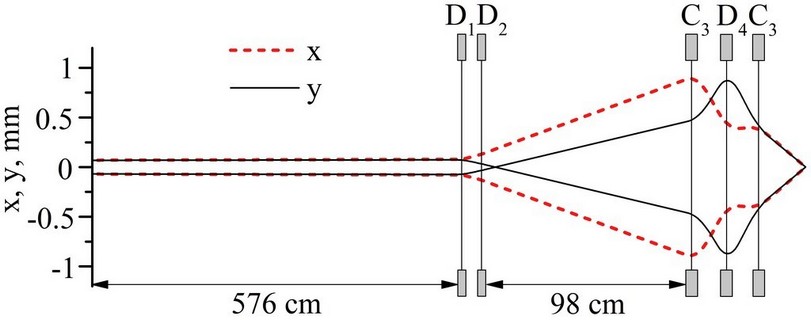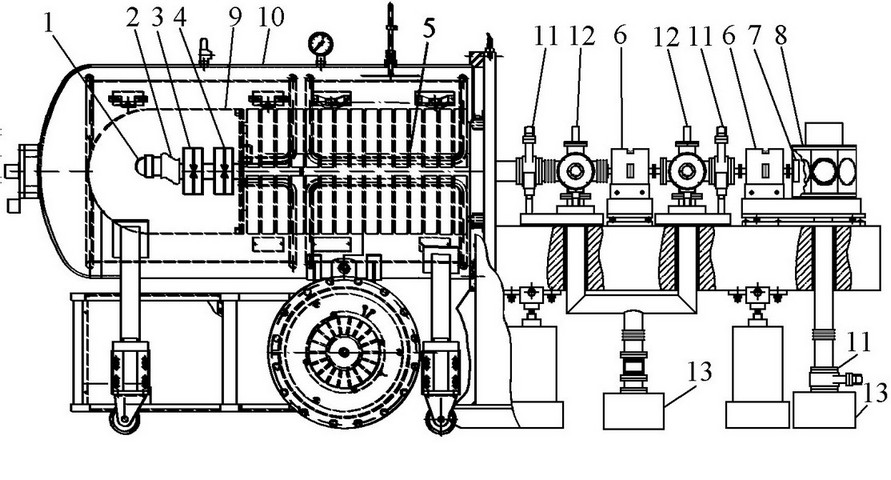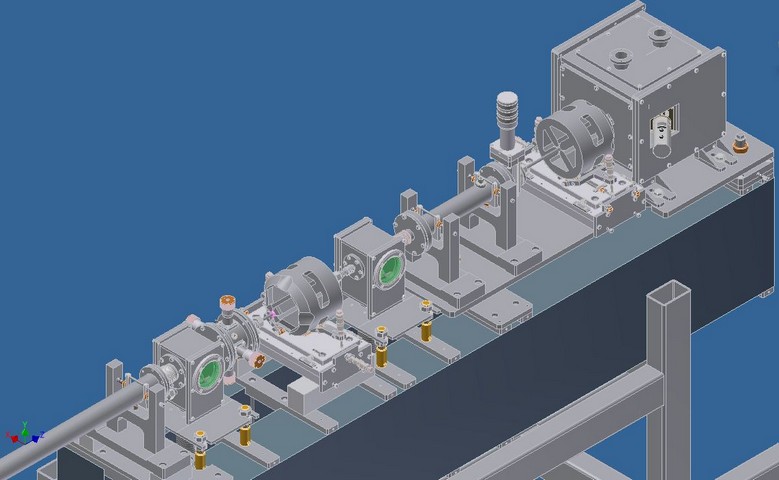|
Sumy Ion MicroBeam Laboratory (SIMB Lab)Scanning ion microprobe at Sumy is used to determine microimpurity distributions in the near surface layer of samples using non-destructive analytical techniques: PIXE, RBS, ERDA, SEE.
Description
(1) K.I. Melnik, D.V. Magilin, A.G. Ponomarev, Nucl. Instr. and Meth. B 306 (2013) 17–20. SIMB Lab specializes in:
Products of SIMB Laboratory:Single-unit doublet of magnetic quadrupole lenses & positioning table.
Individual magnetic lenses
Lens field measurement facility
Current projects:Upgrade of OM 50 type lenses - rewinding
Upgrading of the lenses allows getting necessary magnetic field and using the available low current power supply. Conical lens
The lens design simplifies arrangement of IBA detectors and allows to operate with small working distance (down to 50 mm)(5). Lens with a conical aperture
Depending on the conical angle the lens could have a different focal length, position of the maximum magnetic gradient of the lens and aberration values(6). (Promising for permanent magnets developing) (6) A.A. Ponomarova, G.S. Vorobjov, A.G. Ponomarev, Nucl. Instr. and Meth. B. (In Press). One-stage quintuplet system with four power supplies (triplet upgrade).
Four independent power supplies allow flexible setting of the lens magnetic field. Immersion probe-forming system.
The compact nuclear microprobe employs an accelerating tube for the probe formation. Design of the nuclear microprobe for Laboratory of Neutron Physics of Joint Institute for Nuclear Research
According to the signed agreement with Joint Institute For Nuclear Research (JINR, Dubna, Russia), SIMB Lab is designing a scanning nuclear microprobe setup on the base of the EG-5 LNP accelerator of JINR. We are looking forward to future collaborations. Division: Department of Charged Particle Beam Physics The last update date: 29.04.2015
|
Annonce On December 22, 2021, the National Academy of Sciences of Ukraine announced a competition to replace the director of the Institute of Applied Physics of the National Academy of Sciences of Ukraine. According to the Statute of the NAS of Ukraine, the right to nominate candidates for the position of director of a scientific institution has: the Presidium of the NAS of Ukraine, the Bureau of the relevant branch of the NAS of Ukraine, members of the NAS of Ukraine, the Academic Council of the institution. A candidate for the position of director of a state scientific institution must be fluent in the state language, have a doctorate or doctor of philosophy and work experience as a researcher and (or) research and teaching staff of at least 10 years. Institute Research Training of scientific personnel |


.jpg)
.jpg)
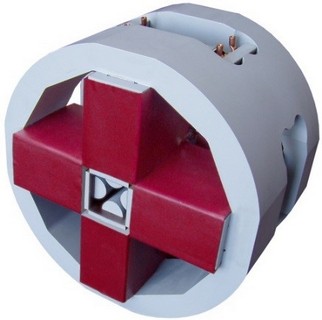
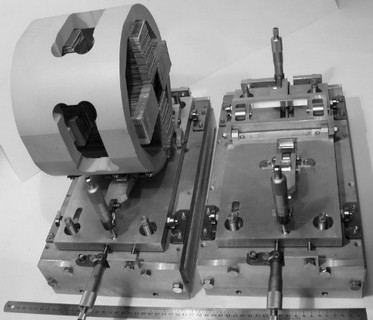

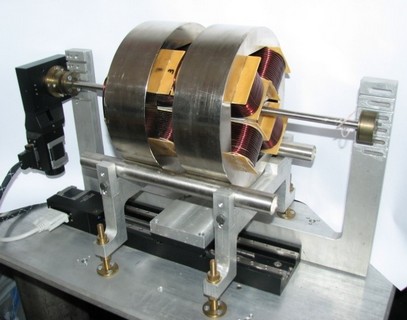
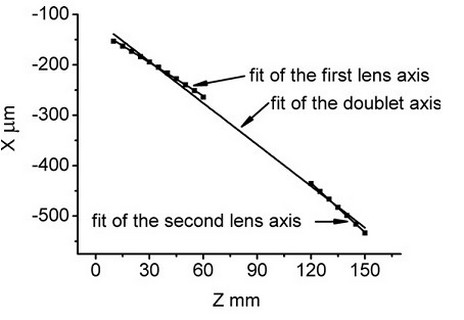
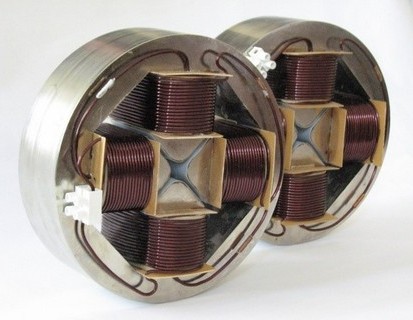
.jpg)
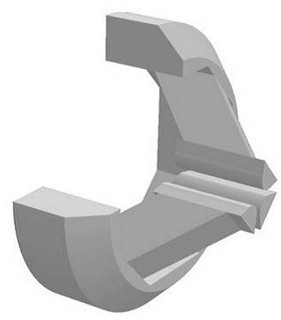
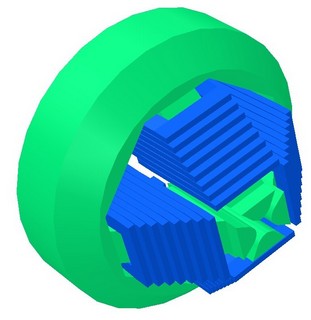
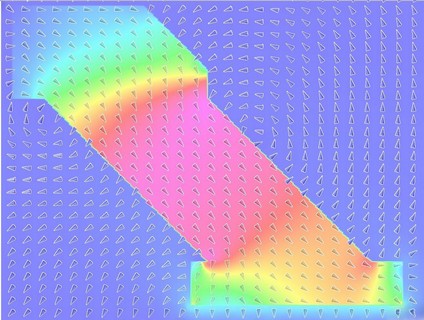

.jpg)

